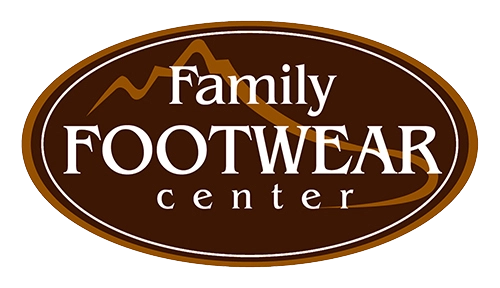Best Shoes to Wear for Morton's Neuroma | Expert Guide by Footwear Professionals
Posted by Cara Spindler on Dec 11th 2023
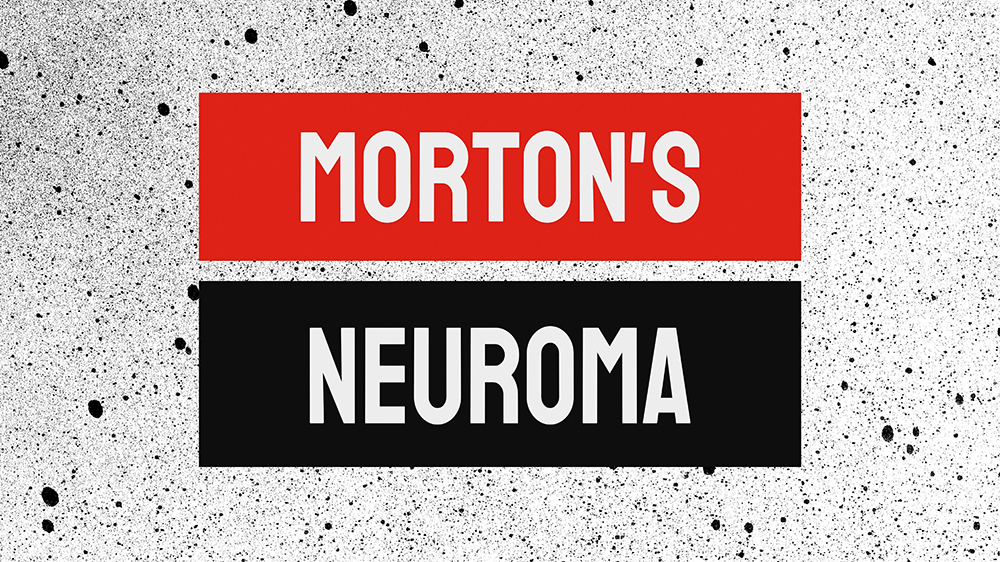
by Cara Spindler
Foot pain can significantly impact our daily lives, hindering our ability to walk, exercise, and to enjoy a host of activities. And while most articles on the internet simply provide a top ten list of the Best Shoes for Morton's Neuroma, it usually is just a sales ploy to get you to buy the shoes they have listed.
But our article will go into some depth about the condition, how to self-diagnose it, what treatments are available and most importantly: what to look for in the footwear you that buy that will be best for this condition.
Below is our Expert Guide to the common condition called Morton's neuroma.
What is Morton's Neuroma?
Morton's neuroma is a painful condition that affects the ball of the foot, most commonly between the third and fourth toes. It involves the thickening of the tissue surrounding the nerves leading to the toes. Although it is called a neuroma, Morton's neuroma is not a true tumor, but rather a benign enlargement of the nerve.
Who is most affected by Morton's Neuroma?
- It is estimated to affect approximately up to 10% of the general population, making it a relatively common foot condition nowadays.
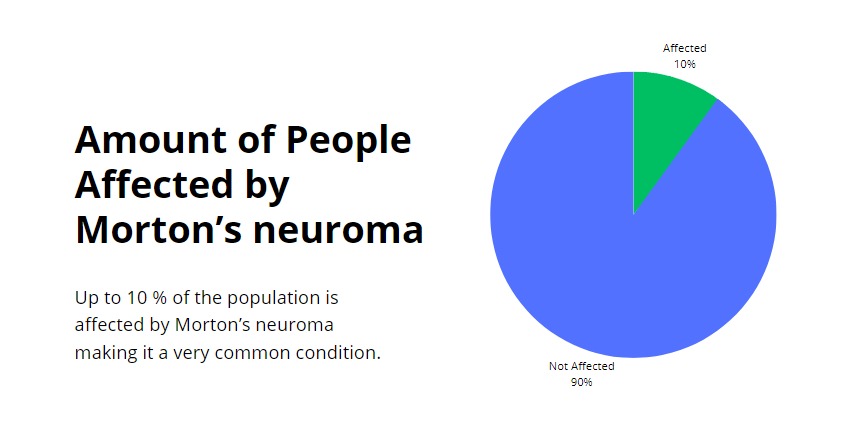
- It is more commonly seen in women than in men, with a female-to-male ratio up to 4:1.
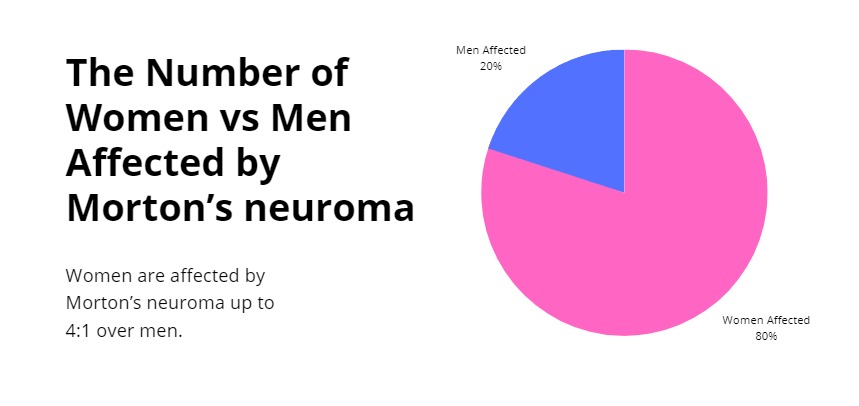
- According to the American Academy of Orthopaedic Surgeons, Morton’s neuroma is most common in people between the ages of 30 and 60.
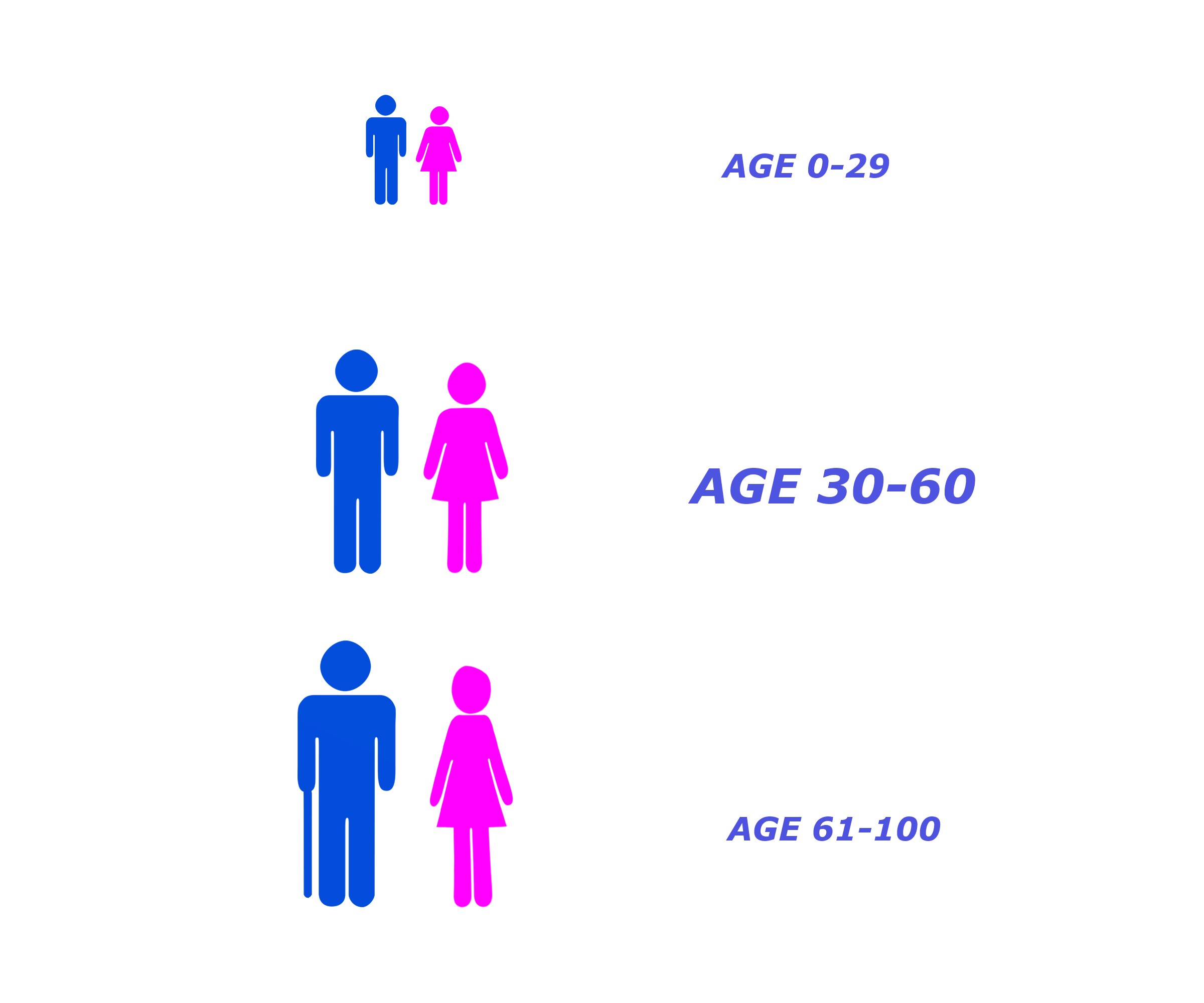
What Causes Morton's Neuroma?
The exact cause of Morton's neuroma is still unknown. However, several factors are believed to contribute to its development over time. The most common beliefs today include:
- Footwear
Wearing tight, narrow-toed shoes or high heels that will increase the pressure on the forefoot, leading to nerve irritation and eventually the development of a neuroma. - Foot Deformities
Conditions such as bunions, hammertoes, or flat feet can alter the mechanics of the foot, leading to instability and increased pressure on the foot's nerves. - Repetitive Activities
Engaging in activities that involve repetitive stress on the forefoot, such as running, dancing, or jumping, can contribute to the development of Morton's Neuroma. - Experiencing Foot Trauma
Morton's Neuroma Symptoms
The symptoms of Morton's neuroma can vary, but commonly presents the following signs and symptoms:
- Sharp or Shooting Pains
Many people with Morton's neuroma experience a sharp, stabbing pain in the ball of the foot or the base of the toes. This pain may radiate to the surrounding areas or up the leg. - Burning or Tingling Sensations
Some individuals may feel a burning, or a tingling sensation in the affected area, often described as pins and needles. - Numbness
Numbness may be present in the toes, or across the ball of the foot, due to the nerve compression. - Feeling a Lump
Some people describe a feeling of having a small pebble or lump under the ball of the foot. - Increased Pain with Activity
Symptoms tend to worsen with activities that put pressure on the foot, such as walking, running, or wearing tight fitting shoes. The pain may improve temporarily with rest. - Sensitivity to Pressure
The affected area may be sensitive to touch, or pressure, leading to discomfort when wearing shoes, or when simply squeezing the foot. - Worsening Pain When Wearing Certain Footwear
High-heeled shoes, or shoes with a narrow toe box, can exacerbate the pain and discomfort associated with Morton's neuroma.
It is important to note that these symptoms are not exclusive to Morton's neuroma and may be indicative of other foot conditions as well. If you suspect that you may have Morton's neuroma, it is recommended that you consult with a healthcare professional for an accurate diagnosis and for advice on an appropriate treatment.
Morton's neuroma is often diagnosed based on the patient's symptoms, medical history, and a physical examination of the foot. Diagnostic imaging tests like X-rays, an ultrasound, or an MRI may be used to rule out any other foot conditions.
Treatments for Morton's Neuroma
Morton's neuroma is a painful condition that affects the foot, particularly the area between the third and fourth toes. Therefore, the primary goal of treatment for Morton's neuroma is to relieve that pain and reduce any inflammation.
The initial treatment for Morton's neuroma is typically non-surgical and may include:
- Wearing wider, more comfortable fitting shoes
- Using shoe inserts or orthotics to provide targeted support
- Taking nonsteroidal anti-inflammatory drugs (NSAIDs) to reduce pain and inflammation
- Avoiding activities that may worsen the symptoms
The Most Common Treatments Used for This Condition
- Footwear Modifications Wearing shoes with a wider toe box or low heels can help reduce pressure on the affected area and alleviate symptoms. Avoiding tight, narrow, or high-heeled shoes is generally recommended.
- Orthotic Devices
Custom-made orthotic inserts or arch supports can help redistribute pressure and provide cushioning to the affected area. These devices can relieve pain and improve foot mechanics - Medications
Over-the-counter nonsteroidal anti-inflammatory drugs (NSAIDs), such as ibuprofen or naproxen, can help reduce pain and inflammation associated with Morton's neuroma. However, it is essential to consult with a healthcare professional before taking any medication. - Injection Therapy
Corticosteroid injections are often used to provide temporary pain relief and reduce inflammation. A local anesthetic may be administered along with the corticosteroid to provide immediate relief. It's important to note that repeated injections may have diminishing effectiveness and potential side effects. - Physical Therapy
Certain exercises and stretches can help improve foot mechanics, strengthen muscles, and reduce pressure on the affected area. Physical therapy can also include ultrasound therapy, iontophoresis, or other modalities to reduce pain and inflammation. - Padding and Taping
Padding or taping the affected area can help alleviate pressure and reduce symptoms. Metatarsal pads or toe spacers can help provide additional cushioning and support. - Shoe Modifications
In some cases, a podiatrist may recommend custom shoe modifications, such as a rocker sole or a metatarsal pad, to reduce pressure on the affected area and promote proper foot mechanics. - Extracorporeal Shockwave Therapy (ESWT)
ESWT is a non-invasive treatment that uses sound waves to promote healing and reduce pain. This therapy is sometimes used for Morton's neuroma but may not be suitable for everyone. - Surgical Intervention
If conservative treatments fail to provide relief, surgical intervention may be considered. The specific procedure will depend on the severity of the condition, but it generally involves removing the neuroma or releasing the pressure on the affected nerve.
- It is important to note that the choice of treatment depends on various factors, including the severity of symptoms, individual preferences, and most importantly, the advice of your healthcare professional. It is strongly recommended that you consult with a podiatrist, or foot specialist to determine the most appropriate treatment plan for your specific situation.
The Best Shoes for Morton's Neuroma
When selecting shoes for Morton's neuroma, it's important to prioritize comfort and support. Here are some recommendations for the best types of shoes to wear:
- Wide Toe Box
Look for shoes with a wide toe box to reduce pressure on the affected area. This allows your toes to spread naturally and minimizes compression of the nerves. Avoid narrow or pointy-toed shoes. - Low Heels
Opt for shoes with a low heel or no heel at all. High heels can increase pressure on the forefoot and aggravate the symptoms of Morton's neuroma. Flat shoes or those with a slight heel (less than 2 inches) are usually more comfortable. - Cushioning and Shock Absorption
Choose shoes with ample cushioning in the forefoot and heel areas. This helps absorb impact while walking and reduces pressure on the nerves. Look for shoes with thick, supportive soles and cushioned insoles. - Arch Support
Good arch support can help distribute weight more evenly and reduce strain on the forefoot area. Look for shoes with built-in arch support, or consider using orthotic inserts to provide additional support and stability
Shop for the Perfect Insoles Here
Brands With Wide Widths to Help Alleviate Morton's Neuroma:
- Merrell Wide Width Shoes
- Keen Shoes
- New Balance
- Hoka
- Arcopedico
- Clarks
- Dansko
- Birkenstock
1). https://orthoinfo.aaos.org/en/diseases--conditions/mortons-neuroma
*Disclaimer: This blog is for informational purposes only and is not a substitute for medical advice.


